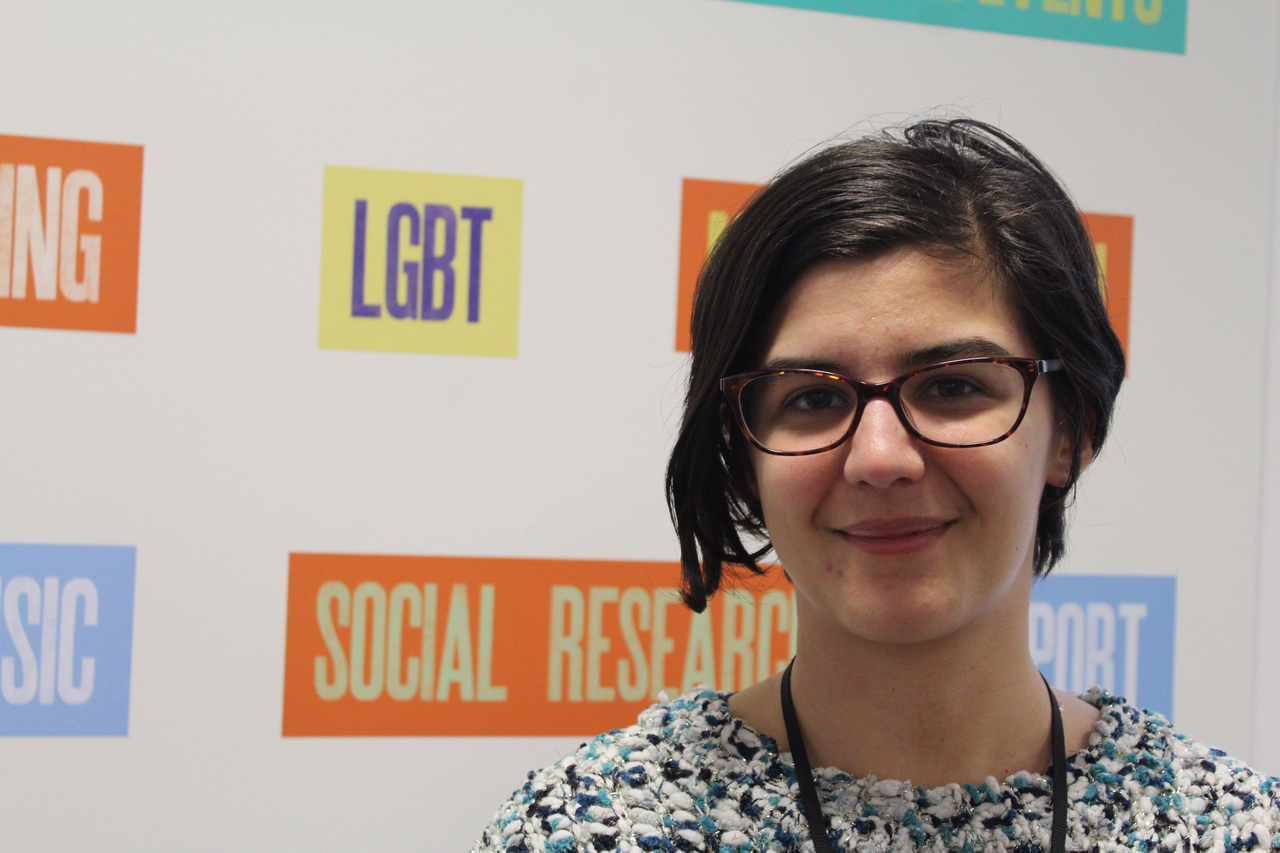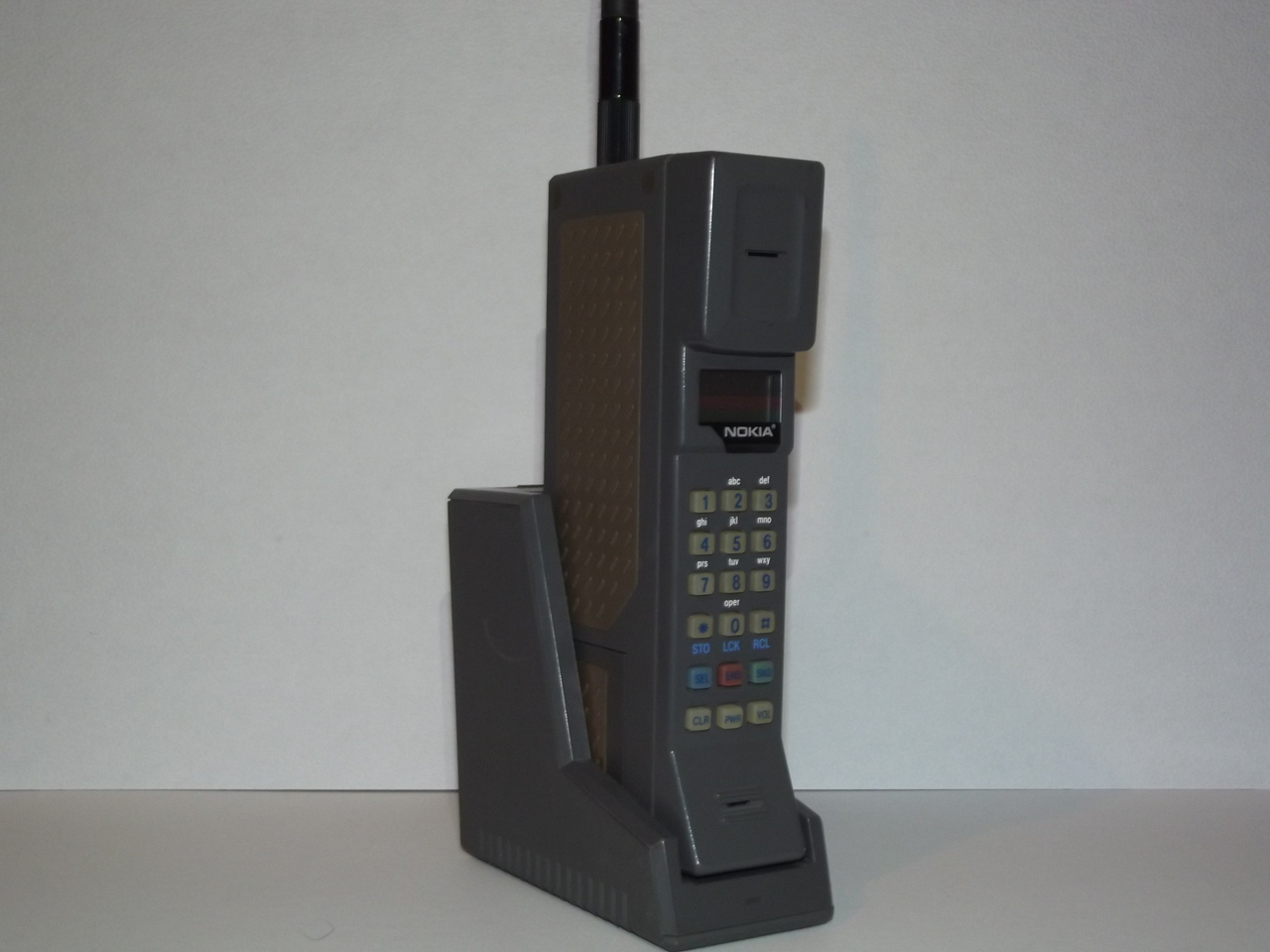Ilaria Gimondi is a Chemical Engineering PhD candidate, and volunteers at the Science Museum in Kensington, in the Information Age Gallery. She spoke to Nick Batley and Jenny Murphy about her experiences volunteering at one of the city's most iconic museums.

Tell us a little bit about what you do, how long you’ve been doing it, and how many days a week you do it.
I volunteer at the Science Museum in the Object Handling section for the Information Age gallery, and they’re very flexible with their timings. They usually ask for a couple of days per month, so since I’m doing a PhD, that works very well with me; I’m unavailable all week being in an office doing my PhD stuff, but I’m more or less free on weekends, so that’s the amount of time that I can give.
The session is usually 3 to 4 hours; it depends how many people are there and how the other volunteers are doing also. What we do in our sessions is show people coming to the gallery a series of objects that are related to the content of the gallery. We have lots - from telegraphs to old telephones where you have to use the dial. People can actually touch and try anything, and open stuff and see how they work. We usually let them tell their stories; If they come and see - for example, phones - we have mobile phones like the Nokia 3310, so lots of people have their own stories about them. It’s a beautiful moment for families to share stories about something that their kids have never seen. Kids are so puzzled when they see old telephones. They say “where is the touch screen, how do I…?” because they need to turn the dial and they’ve never seen one, they aren’t even in movies anymore. It’s a really beautiful moment also for families to visit us together. And then we often give additional information and curiosities.
What got you into volunteering with the Science Museum?
That’s a good question. I feel like I wanted to do something, more than just a PhD while at UCL. At the same time, I didn’t want to step too far away from my PhD – because my PhD is in chemical engineering, so it’s not directly related to the Information Age Gallery but I still wanted it to be in science. So I feel as if my background brought me here, and I also just wanted to do something different, something that challenges and rewards us at the same time, and it’s actually a very rewarding experience.
Do you ever get things that are quite old, and you still have people that still recognise them (for example, objects from the 80s)?
Yes, there are people that still recognise the Carphone, the very big one that you need to carry around using a strap, and the Brick Phone. Many people recognise the brick phone from Pretty Woman, and many other people did actually say “your grandfather had it” or they might have had it themselves. Older designs than that…I don’t think anyone is old enough as far as people who’ve seen the telegraph, but we also have new stuff like fibre-optic wires. We do have a lamp with the fibres to show kids how it works, and they’re very interested in how it all works. Some people recognise the old computers, and the old mouse design with the ball. There’s the Jupiter computer also, one of the very first – and many people still recognise it, because it’s from the 80s. And the tapes, the recording tapes – many people remember those, and I do too!
 Nokia P30: What mobile phones used to look like!
Nokia P30: What mobile phones used to look like!
What have you got from the volunteering? Have you had a positive experience of it, and has it helped you?
Even if I don’t give it too much time, I do hope to give much more – it’s rewarding itself to know that you’re doing something useful. Sometimes, you get visitors that give you a lot of information, more than what you think you’re doing for them. I also feel that the environment at the Science Museum is amazing - our volunteer coordinators are always trying to do an extra step for us, for our wellbeing and to be there for us. Usually, the volunteer coordinators work Monday to Friday, but now they are starting to do one Saturday a month now to meet volunteers who like me come in only on weekends. They’re really committed, and the team of volunteers is amazing – they want to teach you, they want to involve you. When it’s not crowded (which happens rarely), the other volunteers take an object and tell you the story, because they’ve been volunteering for many years and they have lots of experience from their background. It means I’ve been able to meet with people who know so much, who also ask me about my PhD, and actually understand and ask pertinent questions. In a different way, it’s also motivating me in what I’m doing here too.
You’ve mentioned that you’re doing a PhD, and that you’re volunteering in a Museum environment – have you found any challenges with your volunteering?
Well, first of all, learning all the new things. You start and you learn, but the other volunteers were so helpful in teaching me things that might not have been clear on the handout, and going to the gallery itself and seeing all the objects in context. Well here at UCL when we have to do teaching, we’re doing it for higher education so students who have a background and you’re teaching them something they are familiar with. But in this case, you’re relating to families, or kids who might not have a strong scientific background who are learning new things, from young kids to teenagers to someone who probably knows more than you – so it’s challenging but also very interesting.
We actually had some groups of visually impaired children, and that was very challenging – but it’s so amazing the way they are hungry to learn with their fingers and learn everything. They’re so smart, so clever, they understand so much. You need to learn how to explain something in a way that’s meaningful for them. My fellow volunteers are really, really amazing, so I observe what they’re doing and so I can follow their style because they do really great work.
If you are interested in volunteering at the Science Museum, or any other museums, please visit our Volunteering Directory, where you can also find plenty of other opportunities to volunteer!
(Image of Nokia P30: By ALFRM - Own work, CC BY-SA 3.0, https://commons.wikimedia.org/w/index.php?curid=24896063)